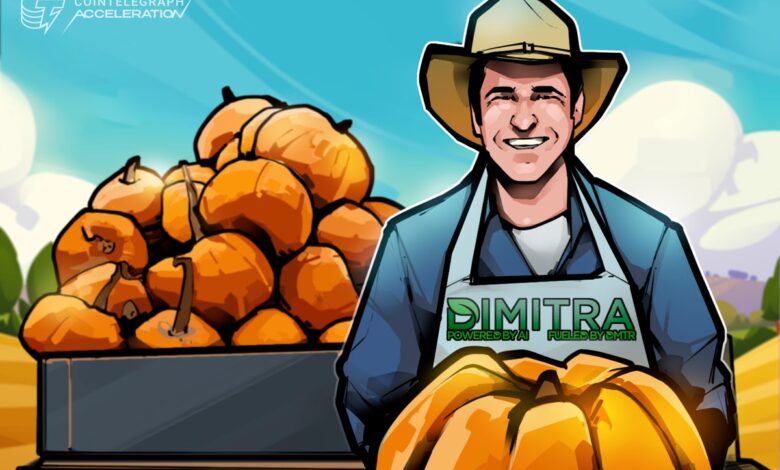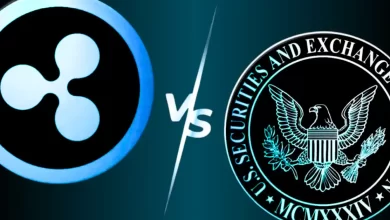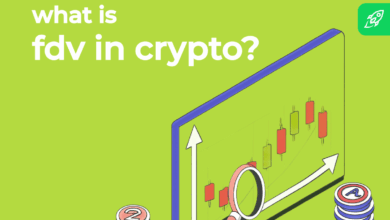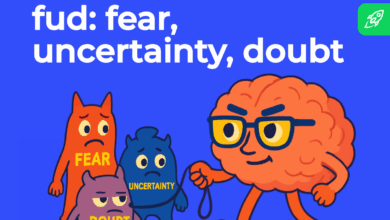This blockchain company brings modern AgTech to smallholder farmers in developing countries

As 2050 approaches, the global population is projected to reach 9.7 billion, necessitating a significant increase in food production. Unfortunately, the hunger problem persists, with over 1 billion people going to bed hungry each day in 2021, and experts say the issue has been worsening over the last five years. Fortunately, many experts agree that modern technology, including artificial intelligence (AI), can improve the world’s outlook on food production.
Climate change, which causes shifts in temperature and precipitation patterns, is partly to blame for the change in the growth of crops and the availability of water for irrigation. These climate and landscape changes, in turn, lead to reduced crop yields. Modern technology can use satellite imaging to assess deforestation, and by differentiating between trees, crops, forested areas and clear-cut areas, experts can identify zones that need protection and help enforce regulations to prevent further damage.
A second contributing factor to worldwide food production is crop performance. AI has also seen utility in its ability to improve crop performance by using spectral and radar-based analysis from satellites, combined with weather, planting and soil data, to make recommendations for maximizing crop yield. Machine learning compares data sets across different regions and aligns recommendations based on regional differences.
Agricultural experts are also using AI to support the productivity of animals, specifically cows, which are influenced by a range of environmental, management and hereditary factors. Machine learning and statistical analysis are employed with some postulating to analyze and predict the traits that may be inherited as well as the resulting performance of the offspring from the mating of two animals. While parents contribute 50% of their genes to their offspring, other factors such as nutrition, weather, water, disease, temperature, care and stress can also impact the animal’s performance. Technology can group animals based on these conditions and make predictions about their future based on the gathered data.
The gap between enterprise and smallholder
Unfortunately, while this technology is becoming more widely available, one problem still needs to be solved. Smallholder farmers across the globe hold significant potential in mitigating the global food scarcity crisis, but they don’t have access to the modern technology and data-driven inputs related to soil, vegetation and weather conditions necessary for sustainable growth.
To put it in perspective, almost one-third of the world’s population are smallholder farmers working on farms smaller than five hectares. Currently, these farms struggle to produce enough food to feed the residents living on that plot. Comparatively, in G20 nations, farmers often have access to modern technologies that allow them to operate their farms as a commercial enterprise, producing enough food for the family who resides on the plot and hundreds of other people. The result is a massive gap in land utilization.
To overcome this challenge, there is a need to initiate a new age of data-driven farming that allows farmers to leverage the power of technology to collect, analyze and use data to make informed decisions, but at a cost that is attainable by smallholder farms. By incorporating data-driven insights into farming practices, smallholder and family farmers can enhance their crop yields, increase their income and contribute to global food security.
Leading the world of AgTech
Dimitra, a global blockchain-based AgTech company, aims to bridge this gap by collaborating with governments and non-governmental organizations through its Connected Farmer platform which will be made available to smallholder farmers in developing countries without charge.
In working alongside this mission, the Dimitra team shared:
“Every smallholder farmer, regardless of economic status, should be able to benefit from simple, beautiful and useful technology […] because when farmers thrive, economies thrive.”
The platform allows users to generate detailed dashboard reports, track farming activities and receive recommendations for better decision-making. However, unlike traditional solutions, Dimitra is built on blockchain technology in conjunction with mobile and machine-learning algorithms to guarantee farmer anonymity, ensure enterprise-level data security and facilitate secure track-and-trace. What’s more, Dimitra’s Deforestation Compliance Module and features like crop performance bring an all-around performance-enhancing solution to farmers across the globe.
Disclaimer. Cointelegraph does not endorse any content or product on this page. While we aim at providing you with all important information that we could obtain, readers should do their own research before taking any actions related to the company and carry full responsibility for their decisions, nor can this article be considered as investment advice.






